I made this specialty tool to help with an upcoming project.
I will be adding to the wiring harness of a military vehicle. Like most US military vehicles, this Packard connector is used extensively.
I plan to add wiring via existing connectors, rather than cutting and splicing the original harness. These connectors are readily available in kit form.
I also purchased a (used) crimping tool for these connectors.
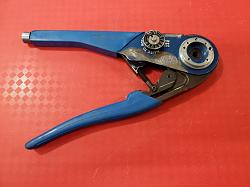
The "sleeve" portion of the "male" connector has a spring ring on it to help keep the connection secure.
The connector is inserted into the crimping tool from one side, and the wire is inserted from the other side. The problem is that this spring ring will not pass through the hole in the crimping tool. To remove the completed connection from the crimping tool, one must pull the entire length of wire through the hole in the crimping tool. If there is anything else attached to the wire, this would not be possible.
Removing the spring ring would allow the connector to pass through the hole in the crimping tool. The real difficulty, and hence the need for this special tool, is reinstalling the spring ring afterward.
To remove the spring ring, the connector is pushed over the small step on the end of the round part of the tool. The fork is then used to slide the spring ring off of the connector and onto the larger step of the tool.
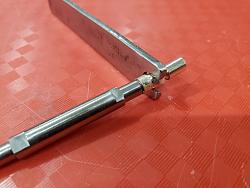
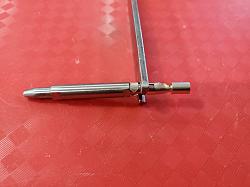
The terminal is then removed from the tool and is ready for crimping.
After the crimp is completed, the tool is then used to reinstall the spring ring onto the connector. (Reverse of removal.)
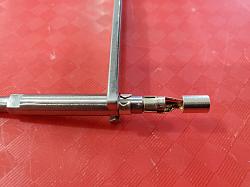
Tool construction:
1/4" drill rod, turned on the mini lathe. Flats cut on the mini mill.
1/8" flat strap, slot cut on mini mill. Chamfer formed using a zero-flute countersink.
Notes:
Normally the "gender" of a connector is determined by the shape of the individual contacts. In the case of these Packard connectors, the gender used is that of the shell.
There are many alternate names for this connector. Packard seems to be the most popular.
The cone shape on the other end of the round part of the tool is intended for use if the spring ring has come off the connector or the tool itself. The plan is to slide the ring over the tapered end, then position the connector over the taper such that the ring can be moved onto it. I have not (yet) tested this feature, and suspect that a steeper taper angle may be necessary.


 LinkBack URL
LinkBack URL About LinkBacks
About LinkBacks
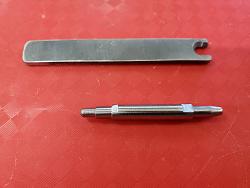
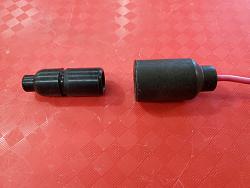
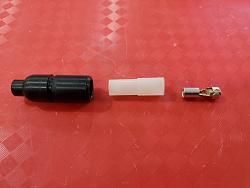
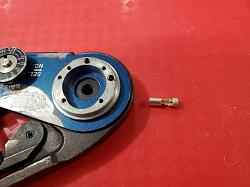
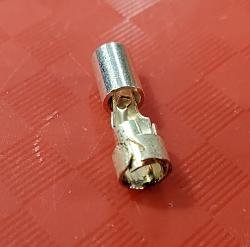
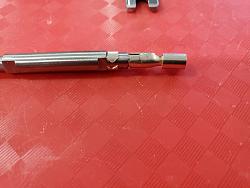
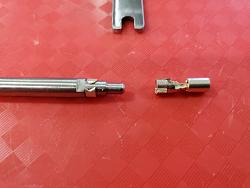
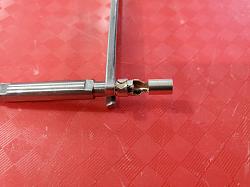


 Reply With Quote
Reply With Quote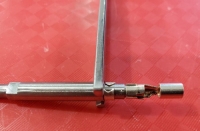



Bookmarks